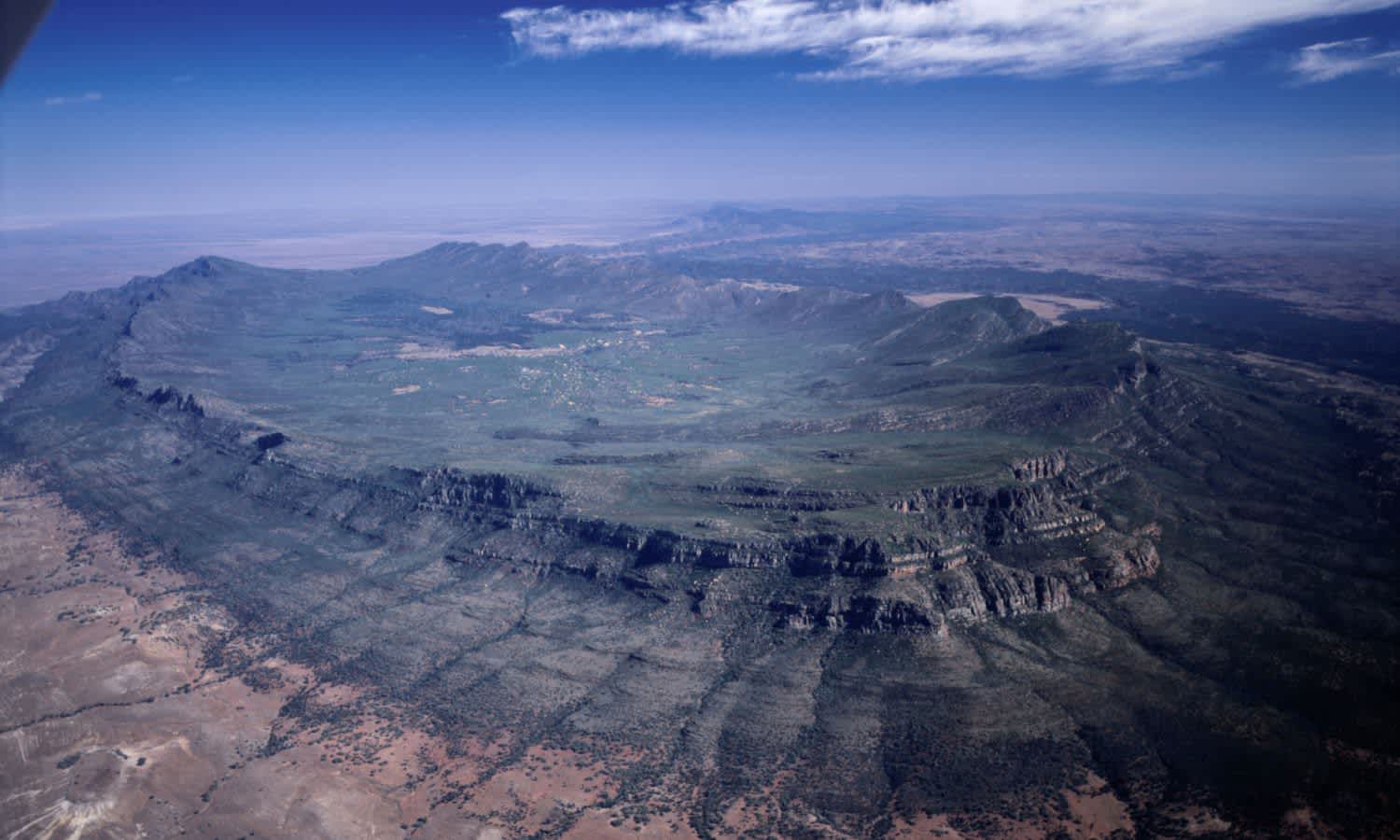In this article, you need to know about the top 7 native american sacred sites map in 2023. Below, i have mentioned the top 7 best site to visit.
Sacred sites are places that have long held religious and spiritual significance in the hearts and minds of indigenous native american sacred sites map. Mountains, springs, lakes, rivers, forests, groves, caves, and other natural wonders are among the remarkable places listed. It is in these hallowed sites that the natural and spiritual worlds converge in ways that only indigenous people can completely appreciate and relate to. They are places of ritual, inspiration, and reverence from which non-indigenous people can learn and enjoy.
Mesa Verde, Colorado:

source: google.com
Mesa Verde, Navajo for 'old ones,' was once home to the Anasazi tribe. Many southwestern Native Americans treasure this Colorado location.Two cowboys searching for stray livestock along the mesa edge in 1888 discovered the ancient cliff palace houses of a wealthy and complex culture. The constructions unearthed here are thought to be god-related. Researchers discovered proof that the people of Mesa Verde had significant math understanding, as they built a revered Sun Temple employing the golden ratio, a mathematical equation also utilized at the Giza Pyramids. What is unknown, however, is why these folks vanished so suddenly. Climate change, population growth, resource rivalry, and violence are all contributing factors.
Chaco Canyon, New Mexico:
The enormous ruins of the northern American Indians' finest architectural feat can be found deep in the isolated deserts of northwestern New Mexico. The Chaco Canyon complex was originally the Anasazi culture's primary social and ceremonial center. Pueblo peoples held a broad swath of the Four Corners area for almost 2,000 years, serving as a site for prehistoric rites, trade, and political activities. A perplexing sequence of straight lines radiates out from the Chaco complex, extending ten to twenty miles into the desert. Archaeologists have been baffled by these mysteries for ages. There is strong evidence that the Chacoan people used their great building to depict a complicated solar and lunar cosmology.
Read Also: 12 Things to Do in the Inland Empire in 2023
Cahokia Mounds, Illinois:
The greatest pre-Columbian settlement north of Mexico is represented by 80 mounds near St. Louis, Missouri. It was predominantly occupied throughout the Mississippian period (800 to 1400), and it contained approximately 120 mounds. They were thought to have been erected by ancient Mississippi region tribes. Monk Mound is the largest of the structures and is said to have been the tribe chief's dwelling. This ancient complex is claimed to have covered six square miles and is designated by UNESCO as the largest prehistoric site in North America that still exists today.
Mount Shasta, California:
Native Americans in Northern California have long thought that this beautiful peak was the sacred center of the cosmos. Native American tribes in Northwestern California have historically viewed Mount Shasta as a spiritual and energy field connecting a diverse variety of key volcanic landscapes and mountains stretching north and south of their tribal boundaries.
The Black Hills, South Dakota:
The great Sioux Nation holds the Black Hills in high regard. One beautiful sacred and legendary landscape rises over the plains of western South Dakota, southeast Montana, and northeast Wyoming.
To the Sioux, this unique region signifies human emergence sites, healing rivers, and burial ceremonies, as well as gathering spots for sacred medicines and ceremonial grounds. These individual places, when combined, make a sacred unified environment. Although individual sites are still used for spiritual practices, the Sioux have a profound spiritual connection to the entire Black Hills region.
Canyon de Chelly National Monument, Arizona:
Canyon de Chelly is located in northeastern Arizona, among the Navajo Nation and the Four Corners region.
The colourful cliff walls of this beautiful canyon were formed by millions of years of elevating plate tectonics and stream-cutting erosion. It is a site of historical significance and spectacular beauty as one of North America's longest continually inhabited landscapes. Natural water supplies and fertile soil supplied a wealth of important resources, including plants and animals that have supported families for thousands of years. The canyons were perfect for the Ancient Puebloans to produce crops and raise families. The early settlers constructed pit dwellings out of adobe and stone. Unlike other archaeological sites made up of long-dead structures, Canyon de Chelly's
Effigy Mounds National Monument, Iowa:
This Midwest Iowa monument protects more than 200 prehistoric mounds constructed by pre-Columbian tribes, most of which date from the first millennium CE. These fascinating effigy mounds are shaped like animals such as bears and birds. Fortunately, federally recognised tribes have linguistic and cultural linkages to the indigenous peoples who constructed the effigy and associated earthwork mounds on the monument grounds. Many Americans regard the mounds maintained here as sacred, particularly the Monument's 20 tribes traditionally tied with these ancestral builders. A visit provides opportunity for contemplation on the meanings of the mounds and the people who built them. The more than 200 American Indian mounds are situated in one of the most scenic areas of the Upper Mississippi River Valley.

